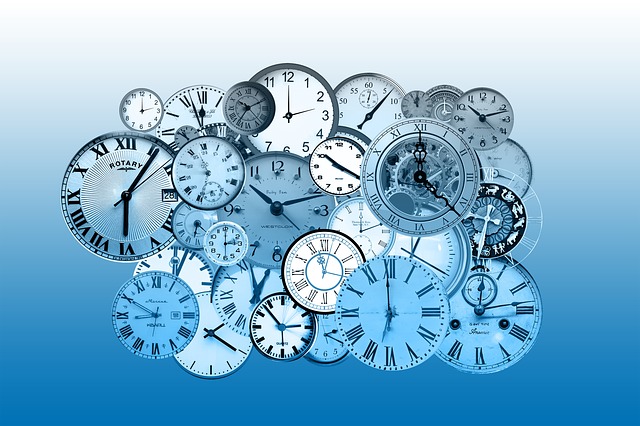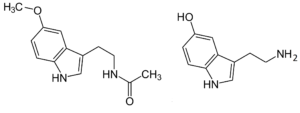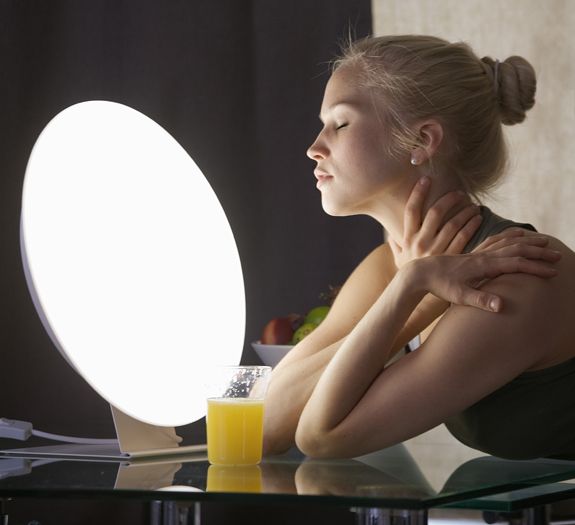Light is a source of life and drastically influences our mood. In fact, in northern countries where enjoying the sun is quite rare, there is an increase in people who, despite having normal mental health, begin to experience symptoms of depression always at the same time of the year. This is known as SAD(Seasonal affective disorder) or seasonal affective disorder (SAD).
Main symptoms of seasonal affective disorder
The most frequent cases occur between autumn and winter, but in some people it appears in spring or early summer.
The symptoms presented by those affected by this condition may vary depending on the time of year, being mainly:
- Feeling depressed and low in energy.
- Sleep disorders.
- Changes in appetite.
- Difficulty concentrating.
- Anxiety episodes.
Causes of SAD
The specific causes of this disorder remain a mystery. However, there are certain factors to which it is related:
- The biological clock itself (circadian rhythms).
- Serotonin levels.
- Melatonin levels.

Circadian rhythms
Everyone oscillates between times of the day when they feel more energetic and other times when they feel sleepy. This is due to circadian rhythms, a “little clock” located in our hypothalamus.
Various external elements, such as light level or any disruption in sleep habits, can influence circadian rhythms and affect mood.
Serotonin
This substance, also called 5-hydroxytryptamine, acts as a neurotransmitter, carrying messages from one part of the brain to another.
It influences a variety of psychological and general body functions such as appetite, sleep, memory, some endocrine systems and body temperature, among others.
If there is an imbalance in serotonin levels, episodes of depression, obsessive-compulsive disorder, panic or anger may occur.
Melatonin
Produced in the pineal gland, the production of this hormone is linked to environmental light levels.
Melatonin levels increase with the darkness that accompanies the night, reducing our level of alertness and increasing the need for sleep. In contrast, with daylight melatonin levels are almost imperceptible.
Artificial light, if bright enough, can prevent the secretion of this substance.

Diagnosis and treatment of SAD
Given the presenting symptomatology, it is very difficult to differentiate seasonal affective disorder from other types of depression or mental disorders.
Treatment can have three aspects: pharmacological, psychological and phototherapy.
Antidepressants are usually used if the symptoms are very pronounced. In many cases, it is recommended to take them just before the time of year when the disorder manifests itself.
From a purely psychological point of view, cognitive therapy has good results. Other activities such as exercise or relaxation, which help to reduce stress levels, are also very beneficial.
LED light therapy
These light therapy treatments are particularly practical for treating seasonal affective disorder, especially that associated with autumn.
LED light therapy involves exposure to a specially designed bright light source during the first hour of the morning, just after waking up. This special light mimics natural light and therefore stimulates the same chemical processes that, as we have seen, influence people’s mood.

As we can see, the lack of light can affect us significantly and that is why when natural light is scarce, it is necessary to have an alternative such as LED lighting that provides quality light.
Finally, if we find ourselves in a situation like the ones described above, it is not enough to go to a store and buy the most powerful lamp we can find and sit in front of it every morning. In all cases, a check-up by a physician and his or her advice are essential.
There is no doubt that the applications of LED lights are becoming more and more numerous and surprising, from treating SAD to contributing to skin regeneration.

